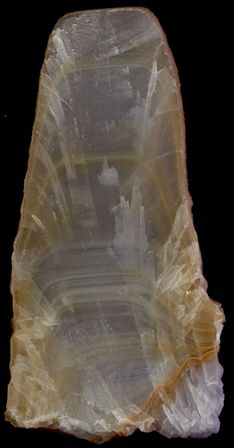
U-series dating allows reconstructing with high precision the rapid climate oscillations, with durations as small as hundreds or even tens of years during the Upper Pleistocene and the Holocene. The analysis of these oscillations from Romania and their correlation with synchronous profiles from the rest of Europe complete the big picture of the atmospheric and oceanic circulation, may allow the refinement of Global Circulation Models and medium- and short-term forecasts of the climate changes that affect the Earth.
The CLIMKARST project aimed to establish several climate reference-profiles for the Holocene and the Upper and Middle Pleistocene, based upon the isotopic analysis and dating of speleothems form Southern and Western Carpathians correlated with the analysis of the paleomagnetic signal from speleothems and cave sediments and with the complex study of fossil remains accumulations. We analyzed deposits whose general time frame was previously established by preliminary datings and concentrate on several periods characterized by rapid climate changes, such as the Holocene or the marine isotope stages (MIS) 3 and 5. The project implied the work of a multi-disciplinary team which included speleologists, mineralogists, paleontologists, physicists and takes advantage of the expertise and, partially, the infrastructure needed for modern analytical techniques, such as mass-spectrometry U-series dating, paleomagnetic studies, etc.
